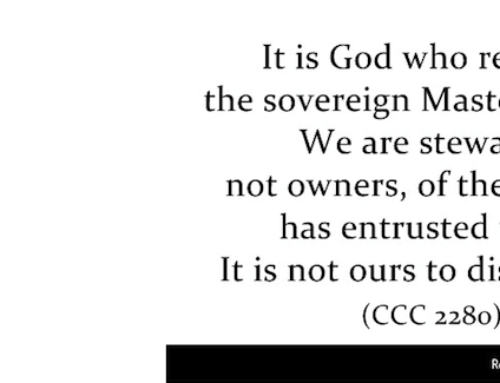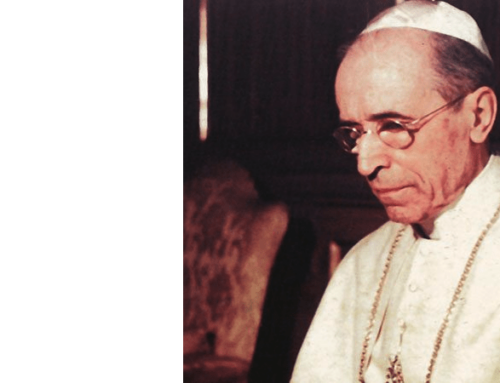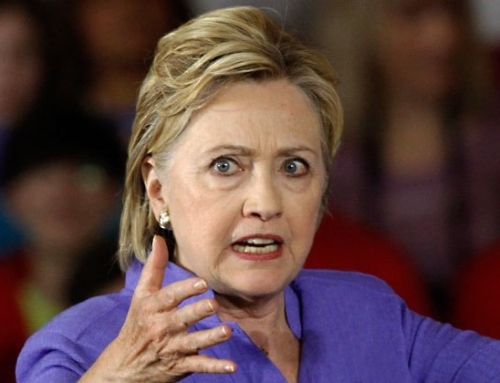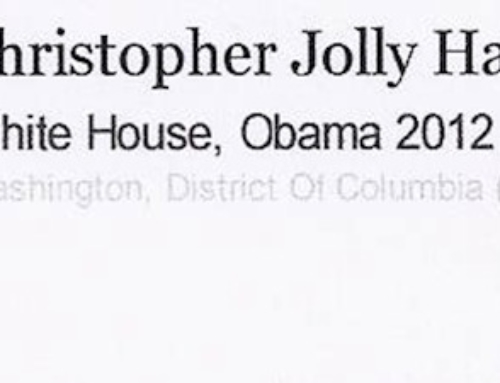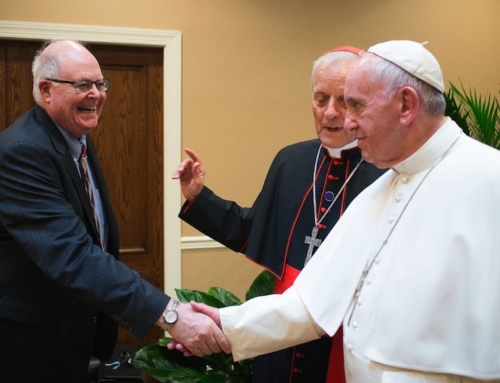A response to the ADL’s December Dilemma
Guidelines for the recognition of Christmas for Public Schools
Posted on the website of the Anti-Defamation League are guidelines called “December’s Dilemma.“ Essentially, the ADL proposes to public school administrators, teachers and parents guidelines that in essence banish virtually any mention of Christmas. These guidelines have absolutely no legal standing and turn the First Amendment on its head. “December Dilemma” is the product of ADL’s own philosophy that would ban any expression of religious belief in public schools. Below, the Catholic League has drafted a revision of the ADL guidelines that give an alternative to a philosophy that has reduced Christmas to a pagan “winter solstice” ritual in our public schools.
December presents public schools with the opportunity of acknowledging the diverse religious beliefs of their students while avoiding the kind of divisiveness that some activist organizations foster by misinterpreting the constitutional mandate regarding freedom of religion. Teachers, administrators and parents should try to promote greater understanding and tolerance among students of different traditions by taking care of First Amendment rights which guarantee the right of religious expression. Public Schools cannot prohibit legitimate acknowledgment of Christmas as an important cultural and religious celebration.
The First Amendment guarantees freedom of religion to all Americans, including young schoolchildren. It forbids the government or public school authorities from imposing arbitrary, coercive and prohibitive regulations that directly threaten to interfere with the right of students to acknowledge the Christmas season. The courts have long interpreted that students in public schools have the right to engage in individual prayer, organize student-led religious clubs, and engage in organized prayer with other students. Additionally, the courts have not banned the recognition of Christmas – with songs and seasonal symbols – within public schools. Unfortunately, certain activist organizations have convinced far too many public school authorities that such recognition of Christmas is unconstitutional, to the point where the use of the word Christmas is effectively banned, traditional Christmas carols silenced, and symbols of Christmas such as nativity scenes prohibited. The imposition within public schools of an essentially pagan “winter solstice” or “winter holiday” celebration while banning all reference to the traditional Christmas celebration is not supported by any rational interpretation of the First Amendment.
Our goal is to explain that the Christmas holiday observance in public schools is constitutionally permissible. If you have any questions about this issue, contact the Catholic League for Religious and Civil Rights.
Christmas as an Educational Lesson
There are appropriate educational benefits to teaching and recognizing within public schools the diverse religious traditions and cultures of our country. School officials must be sure they do not give students the impression that one set of holiday beliefs, specifically Christmas, is less acceptable than others.
Courts have never ruled that the study of Christmas as a religious celebration must be banned from public schools. Courts have stressed that religion is a pervasive and enduring human phenomenon which is an appropriate, if not desirable, subject of secular study. In fact, it might well be said that one’s education is not complete without a study of the comparative religion or the history of religion and its relationship to the advancement of civilization.
Additionally, there is a critical difference between school-organized prayer services and teaching about religion. Most importantly, it is constitutionally permissible for public schools to teach about the role of religion in the Christmas celebration and to acknowledge the religious dimensions of the Christmas celebration. School officials and parents must be careful not to misunderstand the difference between school-organized religious observance and the impermissible banning of Christmas discussion, symbols and song that have religious foundations.
Contrary to certain assumptions, the Supreme Court has never banned the acknowledgment of religious holidays in public schools, including Christmas. The Supreme Court has said that religion can be presented objectively as part of a secular program of education. That cannot be interpreted to mean that the Bible passages cannot be read in public schools in a secular context of study, or that explanations of the religious meaning of Christmas, or the right to display religious symbols of Christmas with other religious or secular symbols of the season can be banned. It is important to remember that, in any context, the public schools must not coerce students away from their religious beliefs, denigrate religion nor be hostile to religion.
It is often appropriate to teach about the historical, contemporary and cultural aspects of religious holidays. Unfortunately, many public school administrators and teachers have been misled to believe that any mention of the religious context of the Christmas celebration is forbidden. The use of religious Christmas symbols within the context of a discussion of the season, or acknowledging the religious Christmas celebration along with the secular aspects of the season and the traditions of other faiths within December is not only permissible but appropriate. From these lessons, young children often gain understanding and respect for the diverse cultures and beliefs in our country.
Teachers should make sure not to avoid covering the religious meaning of the Christmas celebration when recognizing the holiday celebrations of different traditions. For example, in any given year a number of holidays may occur in December – Christmas, Chanukah, Kwanzaa, Bill of Rights Day, and Bodhi Day (a Bhuddist celebration) – and are appropriate for lessons, recognition and acknowledgement. Banning the mention of Christmas, or refusing to display religious Christmas symbols when other such holidays are acknowledged and displayed, is impermissible.
Holiday Assemblies and Other Public School Activities
The study of religious holidays may also include more than mere classroom instruction. For instance, public performances or presentations of music, literature and art are permissible. It is also permissible that such performances and presentations include material from a religious Christmas tradition.
Religious music, literature, art or other religious activities cannot be banned from school activities. These activities are permissible and they cannot be prohibited from a school-sponsored event. For instance, it is permissible to have students act out a play which contains a scene where a family is shown exchanging Christmas presents on Christmas morning. School-sponsorship of a play that makes mention of the birth of Jesus on Christmas is permissible and can be a part of a school-sponsored event. School authorities have no obligation – or right – under the constitution to ban any mention in a school-sponsored event of the religious meaning of Christmas.
School-sponsored activities that focus on more than one religion and religious holiday, or a secular celebration of “winter holiday,” can also focus on Christmas. Depicting a diversity of beliefs and customs is important to teaching public school students about religion and culture. It also helps to ensure that public schools do not denigrate Christmas and promote a purely secular or pagan view of the celebration of the “winter holiday” or “winter solstice.”
It is also important to provide students the opportunity to choose to participate in activities that they find sensitive to their beliefs. Banning Christmas symbols, customs and traditions while forcing students to participate in a “winter holiday” or “winter solstice” program is inappropriate. School administrators must be sure that students have the option to avoid such programs that ban mention of Christmas and not be forced to participate out of embarrassment or peer pressure.
Performing Religious Music
Due to the dominance of religious music in serious choral music, it is perfectly permissible to allow public school choirs to sing religious music as part of a choral performance.
In fact, forbidding choirs to sing music that is religious has been found to be hostile toward religion. School officials have no right to forbid the singing of religious music in a school assembly or at other religious activities. School choirs can sing secular Christmas songs and religious music. No student can be forbidden in choir from singing religious songs out of fear of embarrassment or peer pressure.
For instance, at a winter public school choral concert, it is permissible to include religious songs from a religious Christmas tradition. It is not appropriate for a public school choir to perform a concert at Christmas that is dominated solely be secular songs or songs from other religious traditions while completely excluding Christian Christmas songs.
Christian students certainly have the right to sing songs reflecting their understanding of Christmas if other students are engaged in songs reflecting their perspective of the season.
Public school students have the right to perform at churches, synagogues or temples. A public school choir cannot be forced to sing exclusively at neutral or secular sites.
As with other public school activities that legitimately involve religion, school authorities and parents should consider the effects of denying all religious music to impressionable young children.
Decorating Classrooms and Grounds With Holiday Symbols
Public school officials can decorate classrooms and other areas of public schools to recognize certain holiday seasons. They must be careful not to send a message through these decorations that the expression of the religious nature of Christmas is banned or prohibited by the school.
The Supreme Court has never ruled on holiday displays in public schools. Certain activist organizations have attempted to interpret court decisions to mean that all religious symbols of the Christmas season as decorations are banned. This is not so. Certain symbols common to the month of December, such as dreidels or Christmas trees, are permissible. In addition, schools are not required to avoid any decoration that reflects a religious understanding of Christmas when other secular and religious symbols of the season are being used. Religious Christmas symbols cannot be the sole holiday decoration banned.
If schools choose to recognize holidays through decorations, they should represent the diversity of the season’s celebration. Schools should avoid banning any religious symbol to avoid sending the message to students that a religion or a particular denomination is forbidden.
Additionally, symbols depicting secular celebrations of the season are most appropriate when accompanied by both Christian objects and symbols from holidays of other religions. This combination of faith and of sacred and secular helps to avoid messages of favoritism to a secular understanding and concerns about arbitrary banning of religious symbols.
For instance, on a board filled during December with images of snowflakes, candles and evergreen trees, it might be appropriate to add images of Santa Claus and even a dreidel because clearly the message is a celebration of the season. To include a nativity scene or menorah or other undeniably religious symbols is not inappropriate as long as all these other objects are displayed.
If a school wishes to recognize seasonal holidays, temporary displays that depict the secular aspects of the season and holidays with a religious origin are appropriate and permissible. If symbols that depict religious holidays are used, the display should visibly represent that religious origin, as well as the secular aspects, and should also include holidays of several religions. But it would be inappropriate to ban all religious symbols of the Christmas season and solely depict its secular aspects.





